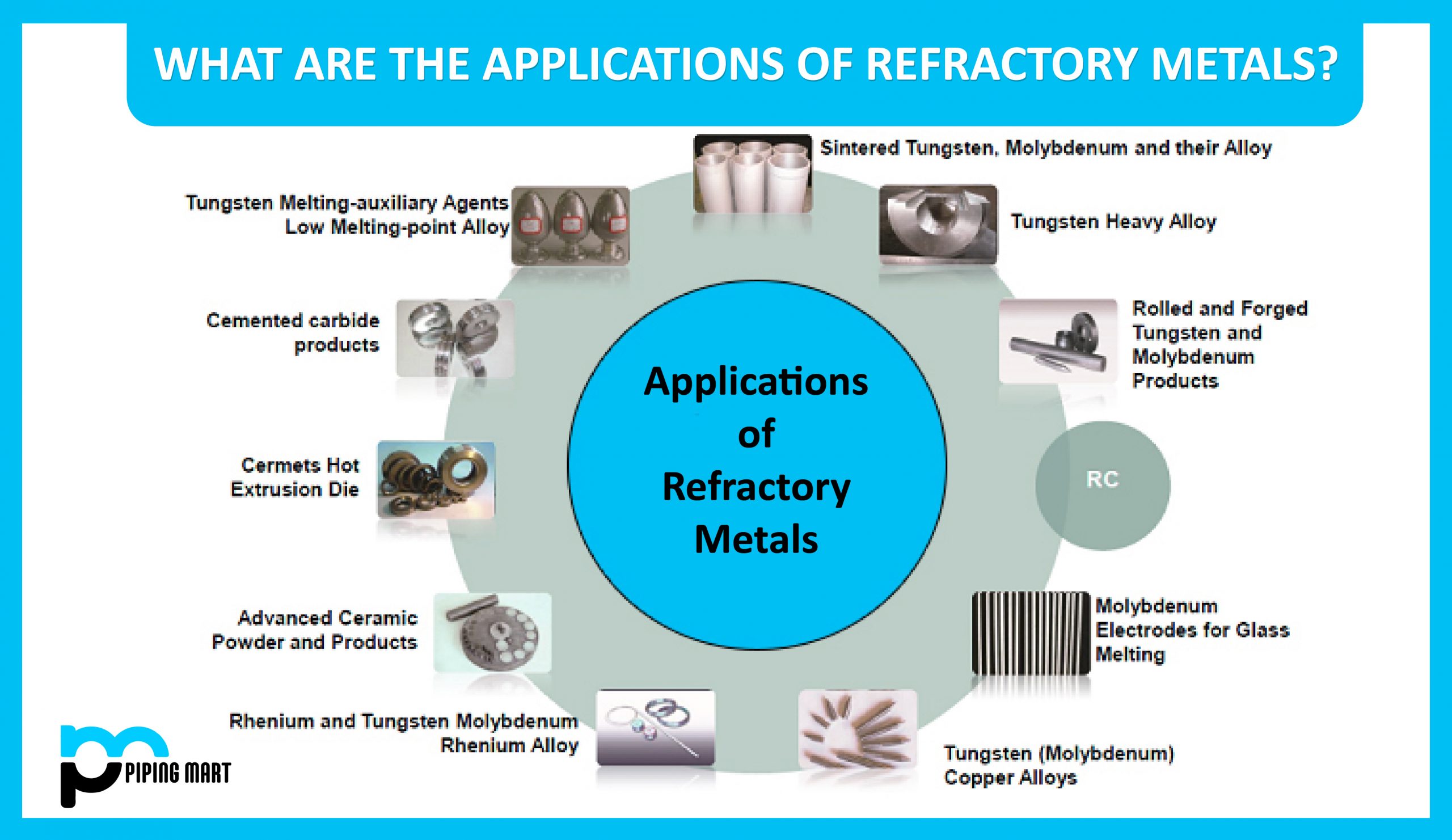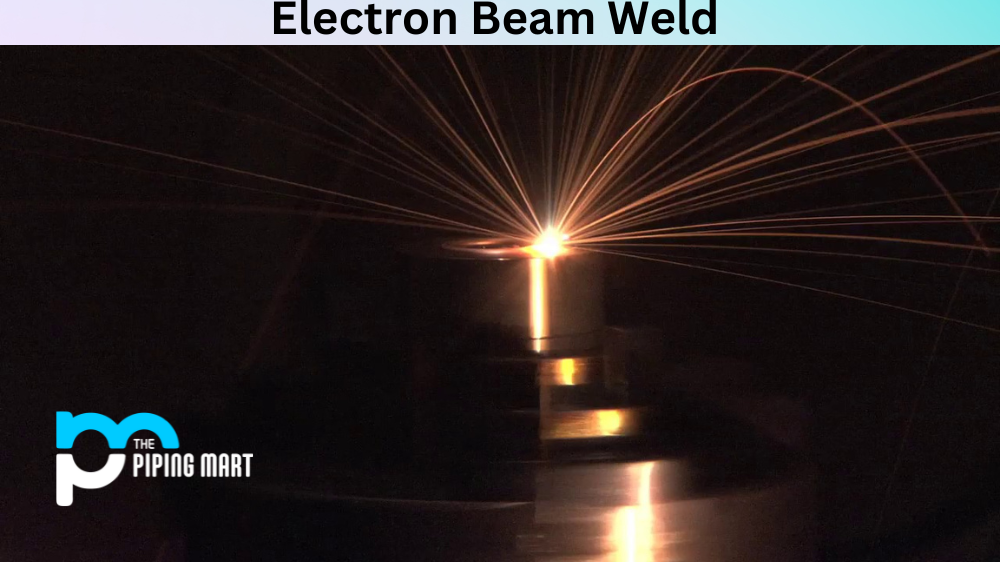In the world of welding, there are a variety of welding techniques that have been developed to meet the needs of a vast array of jobs. Two popular welding methods are Arc welding and TIG welding. Let’s explore the differences between these two methods so that you can decide which one is best for your project.
What is Arc Welding?
Arc welding, also known as shielded metal arc welding (SMAW), is a type of manual metal arc welding process. It uses an electric current to create an electric arc between an electrode and the base material. This creates enough heat to melt both the electrode and the metal, allowing them to be fused together. Arc welding is one of the most common types of welding used in industry because it can be used on many different metals, including steel, aluminum, stainless steel, brass, copper, etc. Additionally, it is relatively inexpensive compared to other types of welding processes.
What is TIG Welding?
TIG stands for tungsten inert gas (TIG) welding. This type of arc-welding uses a non-consumable tungsten electrode to produce heat from an electric arc that melts lead wire or rod filler material into the joint area being welded. The tungsten electrode provides greater accuracy than most other forms of arc-welding because it has no consumable parts that need replacing after each use. As with any form of welding though, proper training and safety precautions must be taken before attempting any type of TIG welds in order to protect yourself from potential hazards associated with this kind of work.
Difference Between Arc Welding and TIG Welding
Advantages of Arc Welding
One of the main advantages of arc welding is that it is relatively easy to learn how to do it. Additionally, arc welding can be done using a variety of power sources, including AC (alternating current) and DC (direct current). Arc welding is also less likely than TIG welding to cause warping or distortion in the metal being welded.
Advantages of TIG Welding
One of the main advantages of TIG welding is that it produces a cleaner weld than arc welding. Additionally, TIG welding can be used on thinner materials than arc welding, making it ideal for projects that require precise welds. TIG welding is also less likely than arc welding to cause sparks or other debris to fly off during the welding process.
Disadvantages of Arc Welding
One of the main disadvantages of arc welding is that it can be difficult to control the amount of heat generated by the arc. This can make it difficult to produce precise welds without causing damage to the surrounding area. Additionally, arc welding can produce harmful fumes and smoke, which can be dangerous for both the welder and any bystanders.
Disadvantages of TIG Welding
One disadvantage of TIG welding is that it requires more skill and experience than arc welding. Additionally, TIG welders are typically more expensive than arc welders, making them less accessible for hobbyists or those just starting out in welding. Finally, because TIG welders use an electrode made from tungsten, they can be dangerous if not used properly
Conclusion:
Arc and TIG welding both offer a wide range of benefits depending on your project needs. Understanding their differences will help you determine which type will work best for you—Arc or TIG—and allow you to confidently tackle any project with ease! Professional welders and aspiring welders alike should take time to understand each method so they can make educated decisions when selecting their next project’s technique!

A passionate metal industry expert and blogger. With over 5 years of experience in the field, Palak brings a wealth of knowledge and insight to her writing. Whether discussing the latest trends in the metal industry or sharing tips, she is dedicated to helping others succeed in the metal industry.




